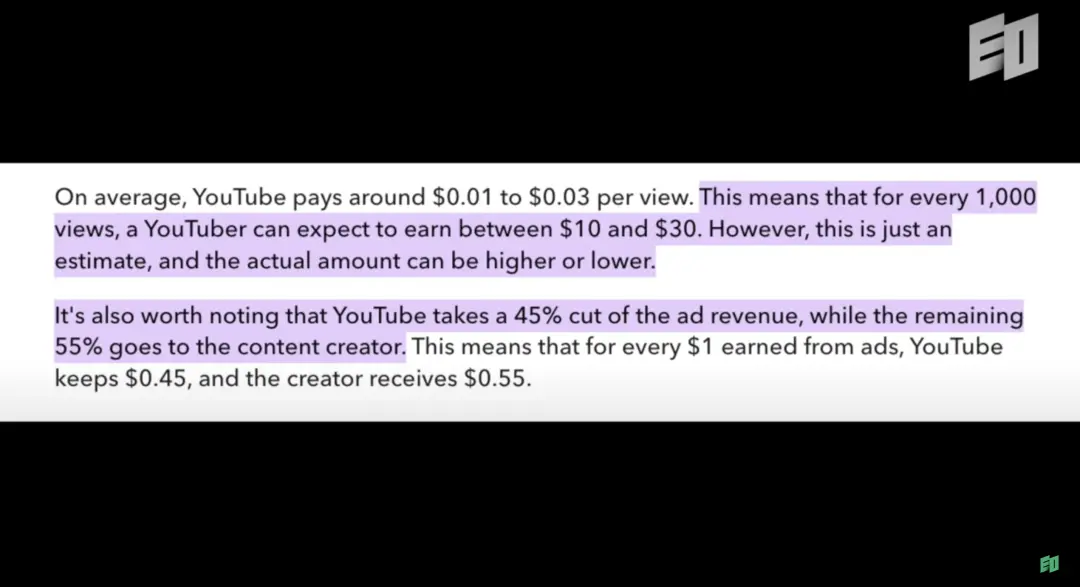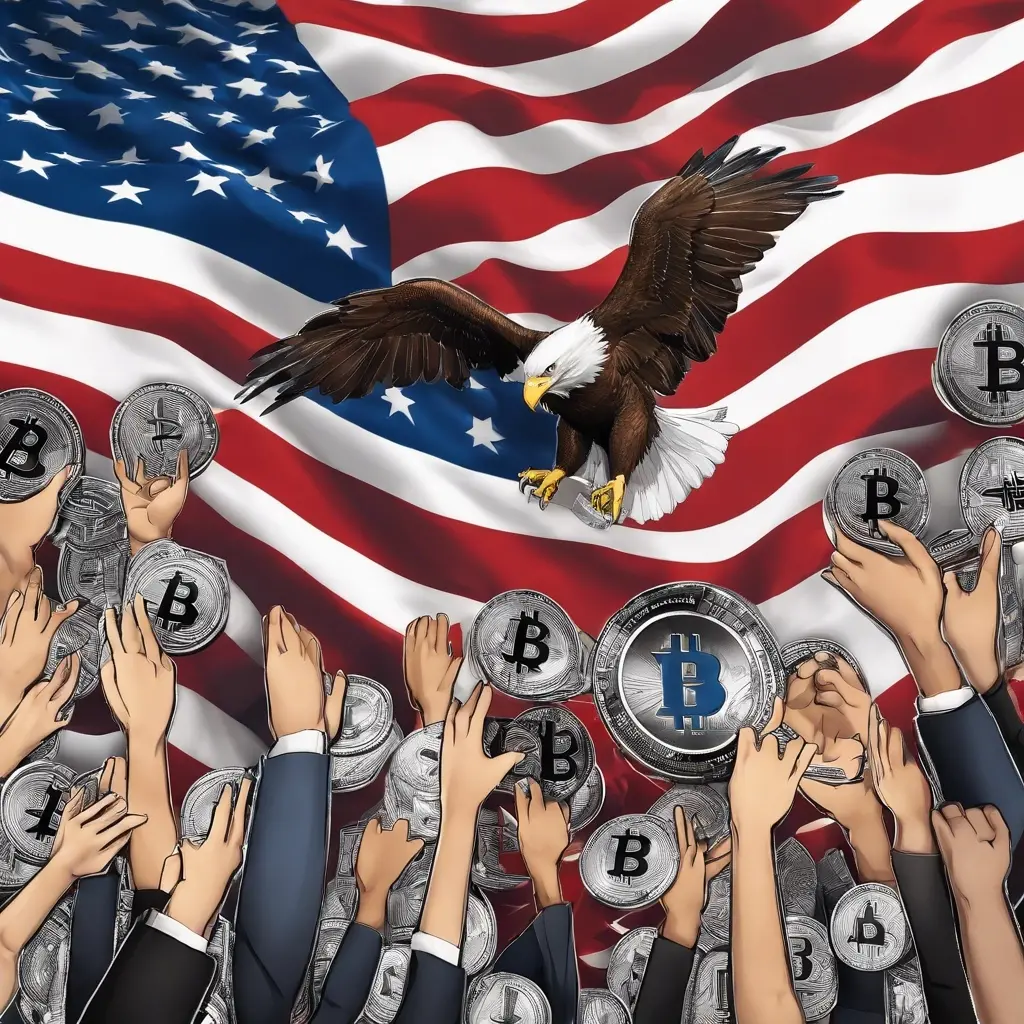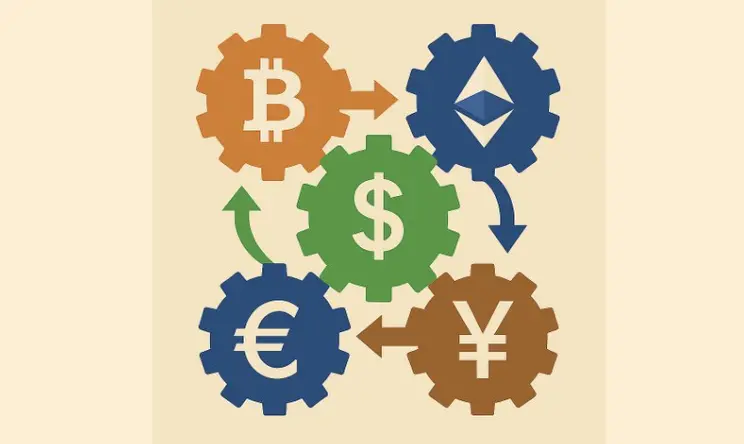a16z Partner: How to View the Argument That "Crypto is Dead"?
Video source: EO
Compiled by: Cikey, Sanzhi
Translator's note: The original video "Is Web 3.0 Dead?" was released in early September, presented by Chris Dixon, a partner at a16z and a leading figure in Crypto. Since joining a16z in 2013, Dixon has not only helped shape the company's strategy but also founded and led a16z crypto, which focuses on Web3 and blockchain technology, in 2018. Today, he manages an investment fund of over $7 billion, driving the rapid development of the next generation of the internet. So how does he view "Is Web 3.0 Dead?"

Currently, Crypto does face some challenges, especially with the FTX incident in the U.S. and the Terra Luna incident in South Korea.
Although many negative events have occurred in recent years, I do not believe that Crypto is dead.
In fact, every innovative technology goes through ups and downs. It is incorrect to directly infer that "some use cases of certain technologies are inappropriate" as "the technology itself is bad," because technology itself is neither good nor bad.
Hello everyone, I am Chris Dixon, a partner at a16z and also the founder and head of the Crypto Foundation.
I have been closely connected to the internet industry for the past 25 years, starting as a software engineer and later transitioning to an entrepreneur. My first company focused on cybersecurity and was eventually acquired by McAfee; my second company focused on AI and was later acquired by eBay.
Since 2006, I have also ventured into angel investing, investing in several well-known internet startups, including Pinterest, Stripe, and Kickstarter.
In 2013, I joined Andreessen Horowitz to lead our investment in Coinbase. Five years ago, we acquired Oculus's VR company. Since then, I have been responsible for the business development and strategic planning of our Crypto fund.

In the early days of the internet in the 1990s, most online services were one-way, which we called "read-only." Websites at that time were more like electronic magazines or digital brochures, where users primarily went to obtain information, and the concept of social media was almost nonexistent.
Entering the 2000s, with the rise of Web 2.0, I also got involved. This movement emphasized "read-write" capabilities, giving rise to many related conferences and blogs. The core idea was that the internet should not just be a platform for passive information consumption, but an interactive platform where users could not only consume content but also create it. The rise of social media platforms like Facebook and Twitter is a manifestation of this idea, making the internet a truly participatory medium.
By the 2000s, networked services became dominant on the internet. Platforms like Facebook, Uber, and WhatsApp are all about connecting people, and they possess powerful "network effects"—the more users there are, the greater the value of the service. As these services expanded, their influence also grew.
However, we face a risk: the internet may ultimately be dominated by a few large tech companies like Google, Amazon, Apple, and Facebook. I believe this is not good for emerging businesses and innovation in society as a whole.
The internet was originally intended to create a decentralized network that would return power and wealth to ordinary users, rather than concentrating it in the hands of a few large companies.
In the traditional media industry, especially in American television and radio, resources and revenue are highly concentrated and controlled by a few major channels. In the 1990s, when many of my peers and I began to explore the internet, we were incredibly excited about its potential—it promised to redistribute wealth and power back to the edges of the network, to ordinary users.
In the 1990s, the internet did achieve this to some extent, but by the 2000s, this trend of decentralization began to gradually disappear.

Fast forward to today, the top five tech companies account for 50% of the market capitalization of the Nasdaq 100 index, and over 95% of the traffic and revenue on the internet is concentrated in these few companies, with all trends indicating that this centralization will continue to intensify.
At the same time, the development of AI is remarkable, but if left unchecked, it will further accelerate this centralization. This is because AI technology requires companies that possess substantial funding, data, and powerful computing capabilities, which are resources that large companies have.

In my book, I propose a solution: a new generation of internet services based on blockchain.
In simple terms, these services aim to eliminate intermediaries, such as "gatekeepers" and "toll booths." Taking Facebook, Uber, Amazon, YouTube, and Twitter as examples, these platforms have cash flows, whether from advertising fees or transaction fees, and they charge a certain percentage as commission, which is referred to as the "take rate" in the internet industry.
The "take rate" for internet services is very high, typically between 50% and 100%, with most of the flowing funds going into the pockets of these service providers.
Moreover, these companies control the entire network, deciding who can access the network, who gets banned, and how algorithms operate. They often change the rules, such as how the links or types of content you post may affect whether they are recommended or demoted; these algorithms are highly opaque and completely controlled by these companies, while users and content creators who rely on these networks have no say in the matter.

These centralized service providers effectively hold users' fates in their hands. This is why I value the potential of blockchain technology, as it can bring a new attribute to the internet—ownership.
Blockchain is a revolutionary invention that can achieve many functions, and I see it as a new type of internet computer. They are cloud-based and can perform various tasks, but the most critical aspect is that they can grant true ownership of digital assets.
Take Bitcoin as an example; one of its most interesting features is that the owner of the private key is the true owner of the Bitcoin, a form of ownership that does not exist on Twitter or Facebook.

For instance, I have accumulated followers on Twitter over the years, but if the owner of Twitter decides to close my account tomorrow, my account will be gone. From this perspective, I am not the true owner of that account. This situation has occurred multiple times on the internet, whether with virtual items in games, content on social media, or your account on PayPal; in the current mainstream internet model, users have almost no real ownership.
Bitcoin introduced a new concept—users can own digital assets. Since the birth of Bitcoin, technologists have expanded this concept of ownership to broader fields, such as NFTs. The core idea of NFTs is that you can own a piece of art, a game item, or even an NFT representing a social media username. In this new blockchain-based model, users can truly own these assets, and these assets cannot be easily taken away.
Imagine if I owned my username and follower list on social media, and if I were dissatisfied with a service, I could take my username and followers to another platform. In this new blockchain model, I could own my username, follower list, data, and even a set of data I provided for AI algorithms. In the current mainstream internet model, only service providers or the companies behind them can own this data and resources.
Early internet protocols, such as email, also had similar characteristics. For example, the resurgence of newsletters is a case in point. Many journalists choose to leave traditional media and start their own newsletters through platforms like Substack. This is because when you have your own newsletter, you truly own your subscriber list, and you have their email addresses. The take rate on platforms like Substack is only about 10%, and such a low take rate has attracted many to use it.
If these platforms change the rules, you can completely choose to leave and turn to other services. Blockchain-based services are also based on the same concept of ownership.
Now, we are at a critical moment where Web 2.0 companies like Facebook have billions of users, while the users of blockchain services, including those in Crypto, number only a few hundred million. Although the number of users engaging with emerging blockchain games and social media is around tens of millions, it is still a relatively small proportion of the entire internet user base. Therefore, we are still in a relatively early stage of development, which I believe is related to several factors.
First, there is the infrastructure. For example, if you are currently playing a blockchain-based game, the experience is still different from that of a non-blockchain game. The underlying infrastructure of these services is still in its early stages and will take some time to reduce costs and improve user experience. However, I am very optimistic about the breakthrough developments that may occur in the coming years.

Additionally, in my book, I discuss that there are two cultures within blockchain: one is the speculative "casino culture," and the other is the more technology-focused "computer culture."
Casino culture is more concerned with the short-term buying and selling of tokens, while computer culture is dedicated to building a new generation of internet services that return digital ownership to users, reduce intermediary costs, and be controlled by users. The latter is what we are more willing to promote and invest in, but unfortunately, the casino culture seems to dominate at present, which is not conducive to the healthy development of the industry. I hope for wise policies and regulatory measures to curb speculative behavior while promoting positive technological development. Unfortunately, some policy decisions in the U.S. in recent years have actually fueled this unhealthy trend.
For example, the number of meme coins created last month exceeded 500,000, setting a historical high. At the same time, regulatory policies have imposed restrictions on productive computer culture behaviors, which is contrary to the wise regulatory policies we hope to see. I look forward to changes in this situation, and there have been some positive signs recently.
Despite the challenges faced by the Crypto space, such as the FTX incident in the U.S. and the Terra Luna incident in South Korea, this does not indicate the failure of the entire field.
History tells us that every interesting technology goes through ups and downs. AI and neural networks have existed for nearly 80 years since 1943, and the concept of AI has a long history. Alan Turing published his famous paper in 1950, describing what is now known as the Turing Test. Although 20 years ago, chess systems like Deep Blue had become world-class, the development of other applications, such as natural language processing, was relatively slow. However, in the past decade, machine learning algorithms have gradually approached and surpassed human levels in competitions like ImageNet, and language systems have also been improving. Although the development process has been slow, significant breakthroughs have indeed occurred in the past two years. If you have been paying attention, you might think AI is an emerging field, but it is actually a long-established field that has gone through many ups and downs. I believe many technologies have such development trajectories, including blockchain and Crypto.
Technology can be used for good purposes or bad purposes. A hammer can be used to build a house or to destroy a house; fertilizer can be used to grow crops or to make explosives. AI can be used for fraud and scams, or it can be used to enhance human creativity. Blockchain can also be used for improper purposes, but it can also be used to create a wave of new internet services that return funds and power to internet users. The way to ensure technology is used for good is to set rules for it. I believe it is a mistake to confuse the application of specific technologies with the technology itself. In my book "Read Write Own," I strive to comprehensively describe the productive uses of blockchain. Jumping from "this technology has bad uses" to "therefore this technology itself is bad" is a mistake. Technology itself is neutral; the key lies in how people and governments guide the potential of this technology in a positive direction.

My book "Read Write Own" discusses the potential of blockchain and crypto technology. Over the years, I have had conversations with many people about the value and prospects of blockchain, and I found it difficult to explain clearly in a single meeting because the knowledge background involved is often shared among internet entrepreneurs but not universally recognized by a broader audience. Therefore, I believe that writing blogs, articles, or books has several important values.
First, I hope to inspire entrepreneurs by sharing ideas that may help them, promoting their thinking, and attracting more attention to this technology, allowing them to think about it in the right way, thus creating more interesting entrepreneurs to engage with us. This way, our conversations can become deeper because they have read a lot of content, and I hope they will read my work as well, so we can enter a higher level of dialogue. This is very effective in saving time. We want to collaborate with the smartest people, and these people always want to read interesting content. Therefore, this approach helps build relationships, share knowledge, and accelerate the development of this field.
The key feature of blockchain is that you can build new internet services, and these services can be anything we use on the internet today, including social networks, games, marketplaces, and AI services. A notable characteristic of these services is that there are no barriers or toll collectors; the services are entirely controlled by users, and funds flow to the users.
In my book, I explore these concepts and apply them to seven specific areas, trying to imagine what the future would look like once entrepreneurs build these services. For example, after searching on Google, you need to click into websites that rely on advertising and paywalls for profit. In an AI-driven world, you will no longer need these intermediary steps. We are rapidly entering a new era where many traditional profit models for creators may disappear. If illustrations can be generated directly through AI services like MidJourney, why pay illustrators? These AI services learn from user data but do not pay for it, which is a frustrating outcome.
I worry that the internet may be dominated by a few giants, which will push out many people currently making money on the internet. Therefore, I predict that in the next 3 to 5 years, we will face an internet crisis, and many existing business models will disappear.
Thus, the concept of story protocols brings many exciting possibilities, introducing an innovative business model to the realm of digital creation. This model can gather everyone's creativity together. For instance, someone may excel at weaving storylines, another may be skilled in character design, and yet another may be adept at blending these elements, and some may even fork this content to create new versions, similar to open-source software projects. Whether hand-drawn comics or AI-generated content, as long as the creator sets the rules, these creative methods are feasible.
The essence of story protocols is that they allow you to define the creative content and terms and record them on the blockchain. Blockchain technology excels at ensuring that records are immutable, with each record linked to a legal agreement that can be enforced through legal means when necessary. This model relies not only on trust in blockchain but also connects with the existing copyright law system.
AI's involvement will not be restricted; you can use AI to create or utilize these "LEGO blocks," and as long as you follow the economic rules set in the blockchain, you can participate in any way. This system provides the possibility for internet-scale creative contributions and consumption, ensuring that creative workers receive the compensation they deserve. This is especially important today, as AI systems may disrupt or render many existing business models obsolete.
So, I hope this book can serve as an understandable guide for non-technical people, explaining in simple and straightforward language how the internet works, the history of the internet, the potential of blockchain, and why I am excited about all of this.
This book is also prepared for policymakers, as I discovered early in my career that when people think a technology has reached its end, the best opportunities often lie hidden.
In fact, at the beginning of my career, people told me the internet was dead. When I founded my first company in 2003 and 2004, I found that the best opportunities in my career came when people said something was dead. My experience is that AI has its ups and downs, the internet has its ups and downs, and Crypto has its ups and downs. If you wait for the situation to improve before taking action, you will find yourself doing the same thing as a large group of people.
Whether it's AI, the internet, or Crypto, they will all experience ups and downs, but the key to success lies in maintaining faith and daring to invest amid these fluctuations.









